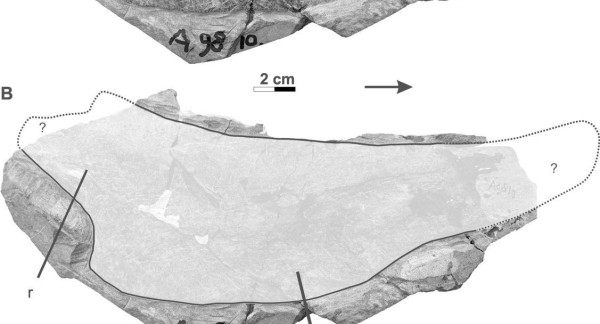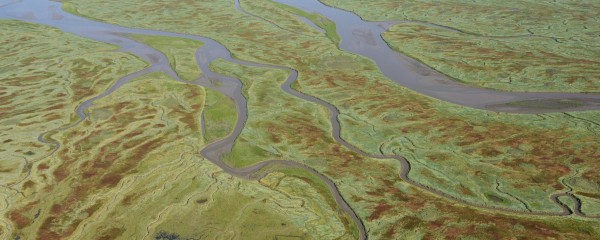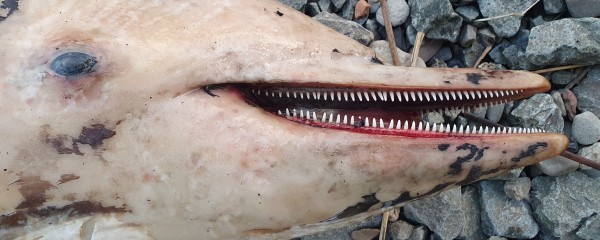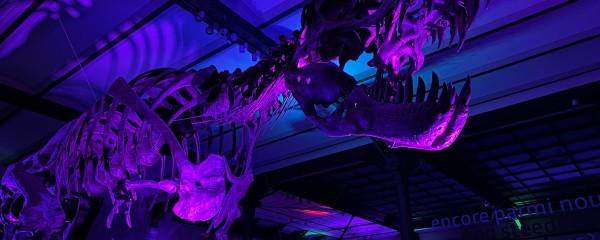360-million-year-old shark jaw discovered in Belgian Ardennes

A team of researchers, including palaeontologist Sébastien Olive (Royal Belgian Institute of Natural Sciences), has described a 360 million-year-old shark jaw found in the Belgian Ardennes. It is an exceptional find because cartilage almost never fossilizes.
The jaw of a ctenacanth shark, found in a quarry in Comblain-au-Pont near Liège, is the oldest shark cartilage remains in Belgium and on the European continent. For the first time paleontologists were able to examine a piece of fossil shark jaw, instead of the usual teeth or scales.
A group of Dutch amateur paleontologists and geologists got the fossil from a quarry worker more than 20 years ago. They donated it in 2016 to the RBINS. ‘We don't know exactly where this block was in the stratigraphic layers, but fortunately we know the geology of the quarry in the Ourthe Valley very well,’ says Sébastien Olive. ‘That's why we know for sure that the fossil is from the Late Famennian (part of the Upper Devonian). So the shark was swimming around here around 360 million years ago in what was then a deep sea.’
Which species?

Shark species from this period are known mainly from teeth, scales or spines. This makes it difficult to identify the animal from just its lower jaw. The piece of lower jaw, 22.5 cm long and 8.5 cm high, suggests that the individual must have been about 1.80 m long. It fed on small fish and molluscs.
In order to extract as much information as possible from the mandible, the researchers had an X-ray scan made. The 3D model also shows the back of the fossil, which is still in the piece of rock. By comparing the jaw with that of other fossil sharks such as Cladodus elegans, Heslerodus divergens or Ctenacanthus sp, the team could attribute the specimen to the family of Ctenacanthidae, sharks that can grow up to 2.5 m in length.
Armoured fish lurking

At the time of this shark a large part of the Ardennes was in the deep sea, where placoderms dominated. Placoderms are huge armoured fish up to eight metres long. They were the first vertebrates to develop a lower jaw and primitive teeth. They are one reason why we rarely find a shark jaw like this one today: the sharks were easy prey for the placoderms. It was not until the Carboniferous (between 360 and 300 million years ago), after the extinction of the placoderms, that sharks became extremely diverse.
The presence of sharks in the Devonian in Belgium was already known from the numerous teeth: the teeth - dentine and enamel - are better preserved in the sediments than the cartilage, which quickly decomposes or is eaten by scavengers.
Also, the sediments in which the fossil was found (mainly arkosic sandstone) are usually not conducive to the preservation of cartilage. ‘So this is an exceptional specimen, which may pave the way for other discoveries in this region,’ says Olive.
The article was published in Journal of Vertebrate Paleontology.
Text by Jeanne Zimmermann-Muller



